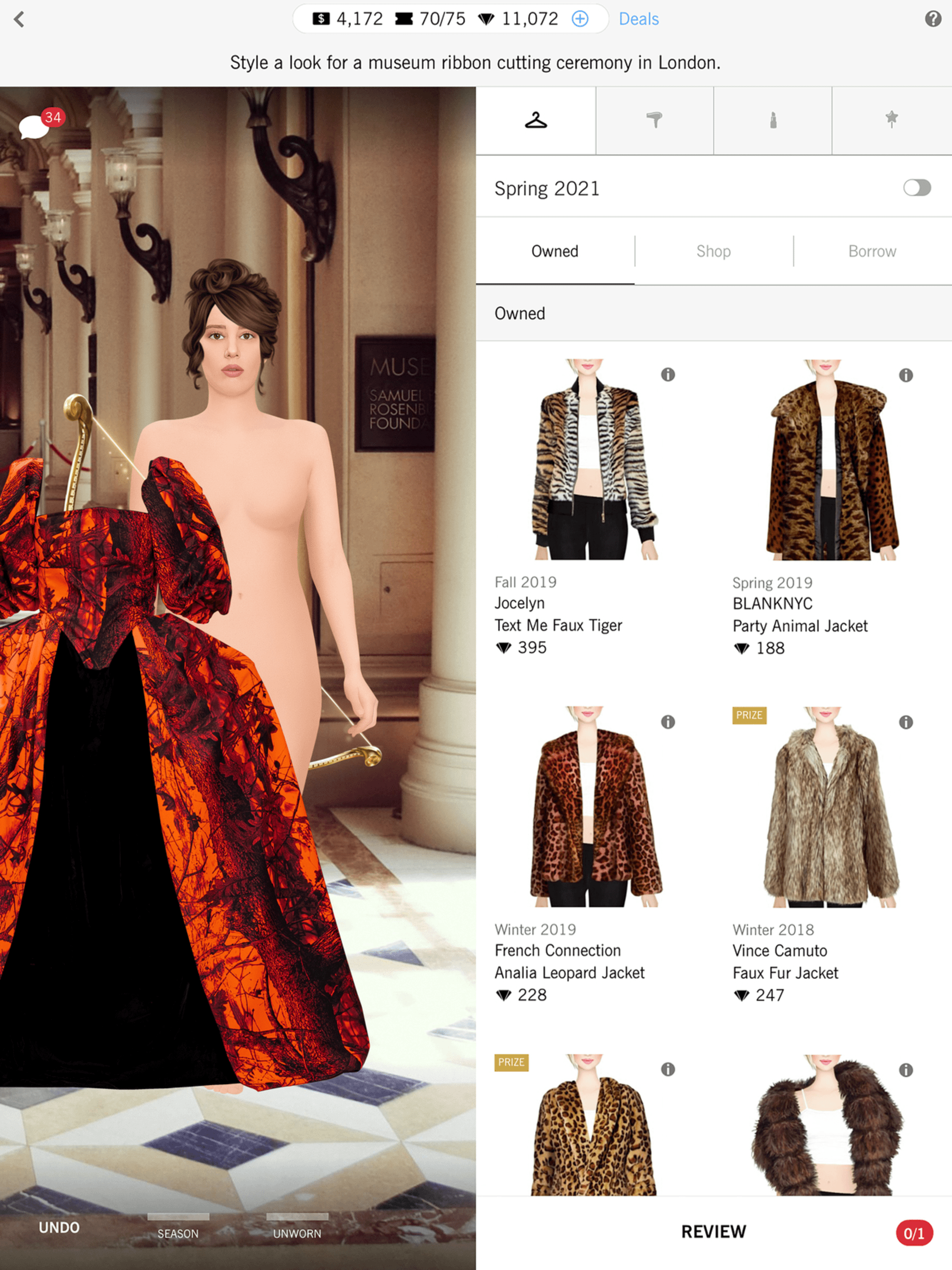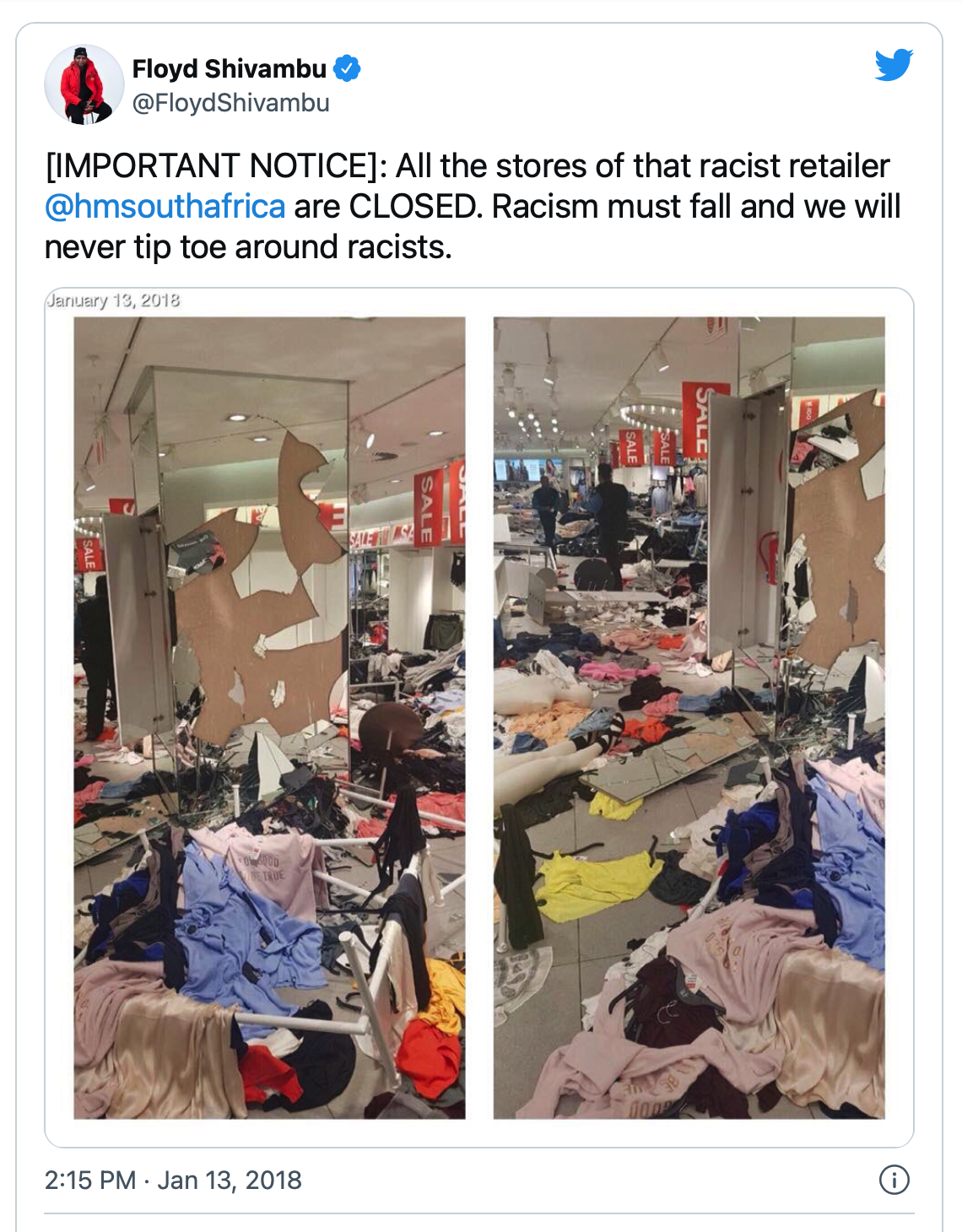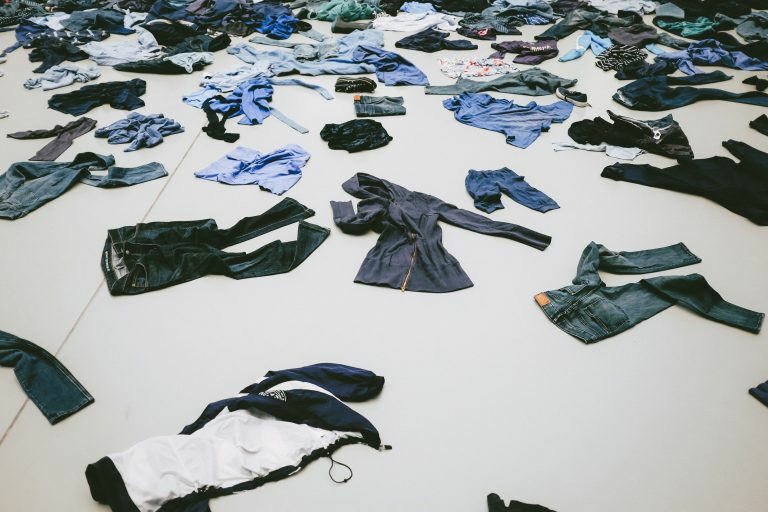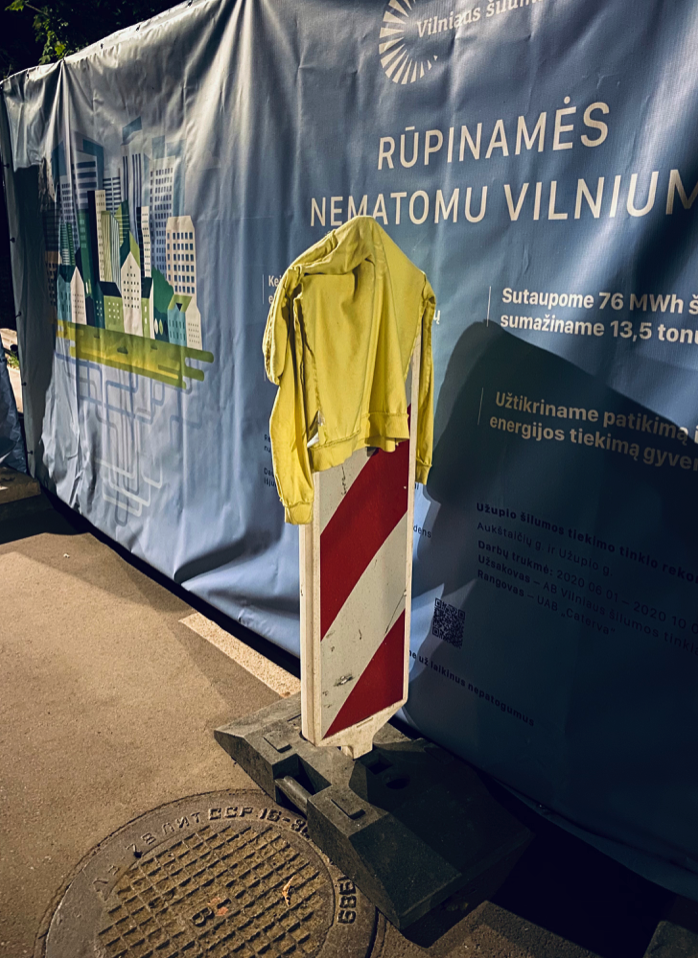The origin of the term "fashion" is related to the Latin word modus, which means "moderation, rule, instruction, measure". Clothes become fashionable when they are approved as such by professionals in the field, so on the one hand, fashion is intended for the masses, but at the same time, it is characterized by elitism. For example, in the Rococo period, fashion rules were dictated by the nobility of manors, and today designers or active fashion consumers have taken on this role. Fashion historians and researchers have divided the existence of clothing from today's perspective into four periods: 1) The history of the costume (from antiquity to 1860); 2) Haute Couture or the Golden Age of Paris Haute Couture (1860-1960); 3) Prêt-à-porter (1960-1990); and 4) Fast Fashion - (1990 to present). Today, there are three types of fashion in which costume history are felt as the main inspiration. High fashion has remained a hard-to-reach type of artistic fashion that showcases mastery and talent, the objects of which are most often found in museums, on the podium, or at the Film Awards.
Prêt-à-porter focuses on mass production according to a standardized size scale, and its branch - fast fashion - performs the function of customer satisfaction. Its popularity coincided with globalization, which led to the beginning of copying fashion objects that were more difficult to access for the majority of society, and the need for high rate reduced the quality and moral value of products. Therefore, especially today, there is a constant variation of fashion between imitation and innovation, when a person seeks individuality, considering himself exclusive, but at the same time seeks a social group to which he becomes a part and thus denies his uniqueness. Various fashion mechanisms have taught the consumer to acquire an alleged image, status, or even lifestyle through a product. As the French sociologist and philosopher Jean Baudrillard observes: „the consumer's connection with an object has already changed - not because of its specific benefits, but because of its generally accepted meaning: clothes, appliances, toiletries form chains of objects that create inert tension for the consumer from one object to another is included in the deduction of objects, in what is completely different from the intoxication of purchase and the sense of ownership that arise from the abundance of goods themselves“. The proven operation of such a system has allowed the fashion sector to create a system that generates new beginnings, ending in the sad "no longer fashionable", and the resulting endings.
The existing death of fashion and clothing has two directions - physical and moral. Physical means the wear and tear of clothing, losing its utilitarian functions, while the moral is based on psychological attachment to the object or the fashion trends that make it meaningful. Due to the rate and constant change designed by the fashion industry, clothing becomes cheaper, more affordable, and at the same time morally devalued. Especially during pandemic, when the situation of demonstrative use decreased, we had the opportunity to look at our unused clothes - I was overwhelmed by the realisation that many of them are not special in themselves, but only become so through the wearer. Therefore, today, as clothing increasingly improves its moral value, it is important to delve into its identity by existing for itself, judging it through its aesthetic and utilitarian qualities, rather than being worn.
Mass fashion clothing is most often seen in the shop or home environment - neatly folded on a shelf or hung on a hanger, clothed on a mannequin or human body. These cases are not relevant to me as the performance of the garment according to the scenario created for him. As a design researcher, I am more interested in chaotically tossed garments on the street or at home, the type or purpose of which we can only decide from a general perception or from a pre-existing direct relationship with them. Rana Plaza garment factory collapse was one of the first signs for the entire fashion sector, and especially the fast fashion industry, of their unethical and unsustainable production. Photos and videos from the scene of the disaster revealed who used the unethical production of factories. In between the debris you could see the labels of the clothes, the rolls of fabric spread over the whole territory of the ruins, which became a ladder for those looking for loved ones. Such images relate to me as images of Western fast-fashion stores, which become a battleground during sales, and are reminiscent of protests that end in the shop windows of broken shops and devastated shopping malls. Thus, when clothing becomes an important object of social issues, we inevitably approach the question of what the future of fashion is and how we can shape it today: as consumers, as citizens influencing legislators, or as creators. For me, as a consumer and fashion designer, it is important to understand the real fashion cycle, not the one created by the industry - when clothes are not acquired out of need and written off due to the loss of utilitarian functions. This reveals new values of clothing: short-lived, plagiarism, speculative, banality, variability, and lack of lasting value. It seems that the old principles of fashion design no longer meet the expectations of a user accustomed to the pace of fast fashion. But should the user or the system be blamed in this situation?
End theories are in almost all cases related to the progressiveness of capitalism and the advancement of technology, and although this is particularly true of the clothing fashion industry, we do not hear of the endings in the field of fashion. Normally, we could imagine that the expected or existing endings allow us to rethink the operational processes, to renew themselves, to find suitable solutions for improvement. But fashion seems to exist and carry according to completely different rules. Manipulative clothing fashion marketing has created another system that has no analogues and has been operating for over 200 years. Its irrationality, change in the name of change, is clearly revealed by encouraging consumption for consumption and creating a constantly renewing and never-ending hunger for consumption through goods. According to the philosopher George Simmel, "Fashion has no end in itself - it will not go away, it will only move forward.“ To support such a "creative" mechanism, fashion saves its own resources by constantly repeating the silhouettes, colour combinations and proportions already seen. Fashion researchers say the trends are repeating themselves as a result of a changing generation of designers who draw inspiration from their own parents youth wardrobe. There are five stages in the fashion cycle - introduction, rise, peak, recession and out of fashion. They change rapidly, interfering with other trends. This does not create a pause to stop and reflect on your consumption habits or the identity you create during the outfit you wear. Each individual fashion manifests itself as if it wants to live forever, which is perfectly justified without leaving room to name the end, but by filling it with a new beginning, always leading to a better version of oneself.









